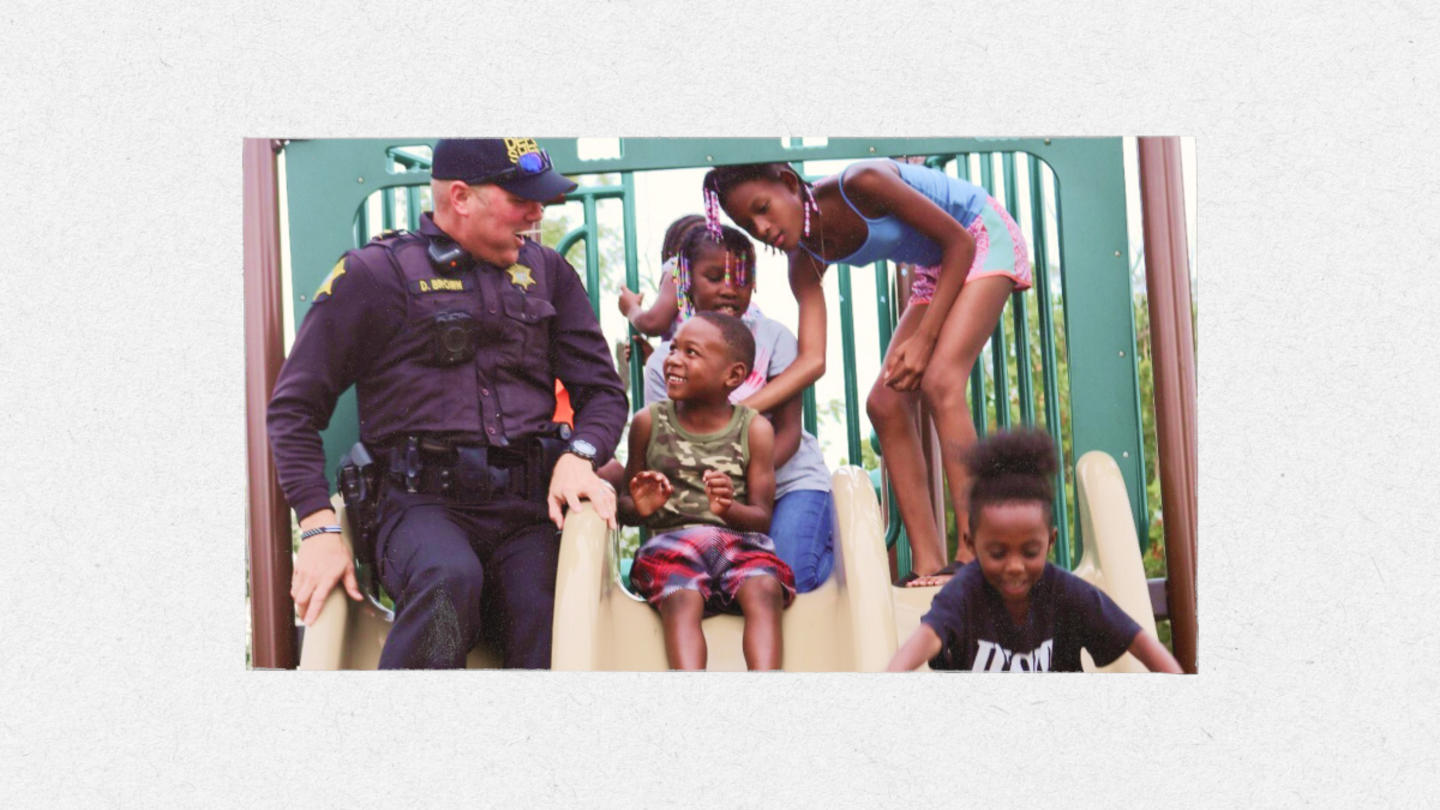Kassy Alia Ray didn’t want to know anything about the man who took her husband's life. For more than a year after her husband, Greg Alia, was killed in the line of duty as a police officer, she intentionally did not think about the suspect.
“I couldn’t even say his name because it brought me so much pain,” she said.
Alia, an officer in Forest Acres, South Carolina, was shot in 2015 while struggling with a fleeing suspect. He died instantly. It was six months to the day after his son, Sal, was born.
After months of grieving and figuring out who she was without her husband, Alia Ray’s thoughts began turning to Jarvis Hall, the man accused of killing him. “I envisioned how I would feel if I were the mother of the man who killed him,” she said. “Immediately, I saw him as a little boy, just like our own son — so filled with hope and possibility.”
She began to ask herself, “What if we could have found him before that day? Would we have found a man in need? And what if we could have helped him?”
In reality, police had encountered Hall two weeks before Alia’s death. The arresting officer sensed Hall was troubled and potentially dangerous but felt limited in his ability to intervene. His only option for keeping Hall off the street would have been to charge him with a crime, but at that point, Hall hadn’t done anything concretely wrong. “So he was back out on the street, and two weeks later, we know what happened,” said Alia Ray.
The year her husband died, Alia Ray founded a nonprofit that empowers law enforcement officers to do more for people like Jarvis Hall — before tragedy strikes. Now called Serve & Connect, the organization partners with county and municipal law enforcement offices in 70% of South Carolina counties, helping officers connect and collaborate with community members on issues that are important to the community. It also partners with state law enforcement, local U.S. marshals, and FBI offices.
“It comes down to relationships,” said Alia Ray. “At the end of the day, what we all want is more the same than it is different. We want our communities to be safe, our families to be protected, and our children to thrive. In order to bring that vision to life, we have to work together. Trust and relationships are at the core of that.”
Police officers got into this work to serve others
According to Gallup, public trust in police is at 43% — an all-time low. A Pew Research study found that 8-in-10 law enforcement officers believe the general public doesn’t understand the risks they face every day.
This polarization around the police troubled Alia Ray after her husband’s death. “It felt like, at that time, you were either for the police or against the police,” she said. “And if you were against the police, you weren’t just speaking about individual incidents, but generalizing it to everyone, including Greg.”
But Alia Ray knew her husband had died a hero. At 3 a.m. the morning after he died, she launched the hashtag “#heroesinblue” to create space for telling positive stories about police officers.
For Kim Dennis, director of operations and strategic partnerships at Serve & Connect, the negativity toward police became personal during the riots following George Floyd's murder. Her husband, a police officer, had been called in to help restore order in Columbia, South Carolina. As news of the riots played on the TV in the background, Dennis’ five-year-old son came to her with a question: “Mommy, why’s Daddy the bad guy?”
“Something needed to change,” she said. “I knew so many police officers, and I knew they truly did care, but they didn’t know how or have the capacity to help.”
“That's very much the core of where we began — understanding that [police officers] got into this work because they're called to serve others,” said Alia Ray. “So now, how do we ensure that they are equipped with the tools, resources, and support they need to do what they do best, and that's help their communities.”
Empowering police officers to support their communities
Serve & Connect began by improving police-community relations through initiatives like Greg’s Groceries, which brings together police and community volunteers to pack boxes of food that can feed a family of four for a week. The boxes get distributed to law enforcement offices statewide. Officers carry a box or two in their patrol cars in case someone needs it.
The boxes don’t just feed families. They build trust between police and community members. Officers are empowered with the resources and support they need to assist community members effectively. In Serve & Connect’s surveys with its law enforcement partners, officers overwhelmingly agree with statements like, “I feel more equipped to assist people in need. I feel citizens are more willing to talk with me and partner with me to make our community safer … Being a part of Serve & Connect has enhanced my feelings of meaning and purpose in my work as a police officer.”
For a program called Compassionate Acts, Alia Ray and Dennis share a cellphone that one of them is carrying 24/7. “If law enforcement is at a scene or if they're on the side of the road with an individual,” said Dennis, “and they need some help, whether it be shelter for a couple of days, a car seat, baby food, baby diapers, hygiene products, then they can call us.”
Serve & Connect collaborates with community organizations and retailers to address immediate needs and provide resources for long-term self-sufficiency.
School resource officer Lee Mahaffey, who works in a nearby town, launched an after-school program to provide positive male role models for boys who are struggling. One of those boys had recently been placed in foster care. He had frequent outbursts and didn’t trust men. He wore the same three shirts, one pair of shorts, and shoes with toes that flopped open when he walked.
The officer called Serve & Connect’s Compassionate Acts phone line and spoke with Dennis. She coordinated with the local Walmart to give the boy new clothes and shoes. When they gave him the gifts, he was excited in his own way. “He was very reserved, like he wanted to get excited but just couldn't,” said Dennis. He immediately put the shoes on and went back to class. His teacher later reported that he was very pleased when he returned to class.
Dennis asked about the boy’s progress a few weeks later. Mahaffey said it hadn’t been an instant shift, but the boy was starting to show signs of trust, with fewer and shorter outbursts. To Mahaffey’s surprise, the experience helped him as much as it did the boy. He was able to recognize his own impact and believe in his ability to make a difference in his community.
Sign up for the Strong & Safe Communities newsletter for stories, ideas, and advice from changemakers working with their neighbors to address the biggest problems we face.
We are more the same than we are different
With over 1 million meals provided to families, the success of Greg’s Groceries prompted Alia Ray and her team to look for deeper police-community engagement opportunities. They increased community events, but that wasn’t enough.
“We wanted to go even deeper still,” she said. “We began listening and learning and hearing what the community had to say and making the space for people to be seen and heard, to share their voices and build trust.”
They discovered that each Columbia neighborhood has its own personality with unique needs and leadership. Residents of one neighborhood see themselves as different from those in other neighborhoods. “It’s part of your identity,” said Alia Ray. Neighborhood lines can be barriers as real as brick walls.
They also realized police are only one piece of the puzzle. Serve & Connect’s big question went from “How do we support police officers in the community?” to “How do we bring everyone together? And where is there synergy to bring people together on common ground?”
According to Alia Ray, it starts with deep listening and takes time. Through its Compass program, Serve & Connect invites respected neighborhood leaders and community members to sit down with law enforcement and each other to share their experiences and find a way forward based on shared goals.
“Change takes a mosaic of lived experiences and diverse perspectives,” said Alia Ray. “We welcome all who want to work together to make positive change happen.”
Most of Columbia’s violent crime happens in the north part of the city, where there are a handful of “hot spots” — neighborhoods where the violence is more concentrated. Serve & Connect brought together leaders and community members from these neighborhoods to talk with each other and law enforcement. What emerged from those discussions was a shared desire to protect the youth in their neighborhoods.
“There’s a real concern about youth safety, both in terms of reports of kids sleeping in bathtubs because they are scared of stray bullets, as well as concerns about youth being recruited by gangs at very young ages,” said Alia Ray.
With that common ground as their foundation, neighborhood leaders and residents decided to work with each other and law enforcement to protect their children. They formed the North Columbia Youth Empowerment Initiative, an active organization composed of law enforcement officers and people from several neighborhoods who coordinate safe community events like peace walks, block parties, and service projects for their children and teens.
North Columbia was the first of six South Carolina communities where Serve & Connect has launched its Compass program. In each instance, the program looks different because it is tailored to the needs and idiosyncrasies of the local community.
Barriers to human connection — whether physical or social, between police and community members, or neighborhood to neighborhood — are real and have undeniable consequences. “I don't know if we could have ever saved Greg,” said Alia Ray, but she is determined to rescue others.
“People are more the same than we are different,” she said. “Imagine if we were all better at working together as one unified force. How many more lives could we save?”
***
Serve & Connect is supported by Stand Together Foundation, which partners with the nation’s most transformative nonprofits to break the cycle of poverty.
Learn more about Stand Together’s efforts to build strong and safe communities and explore ways you can partner with us.
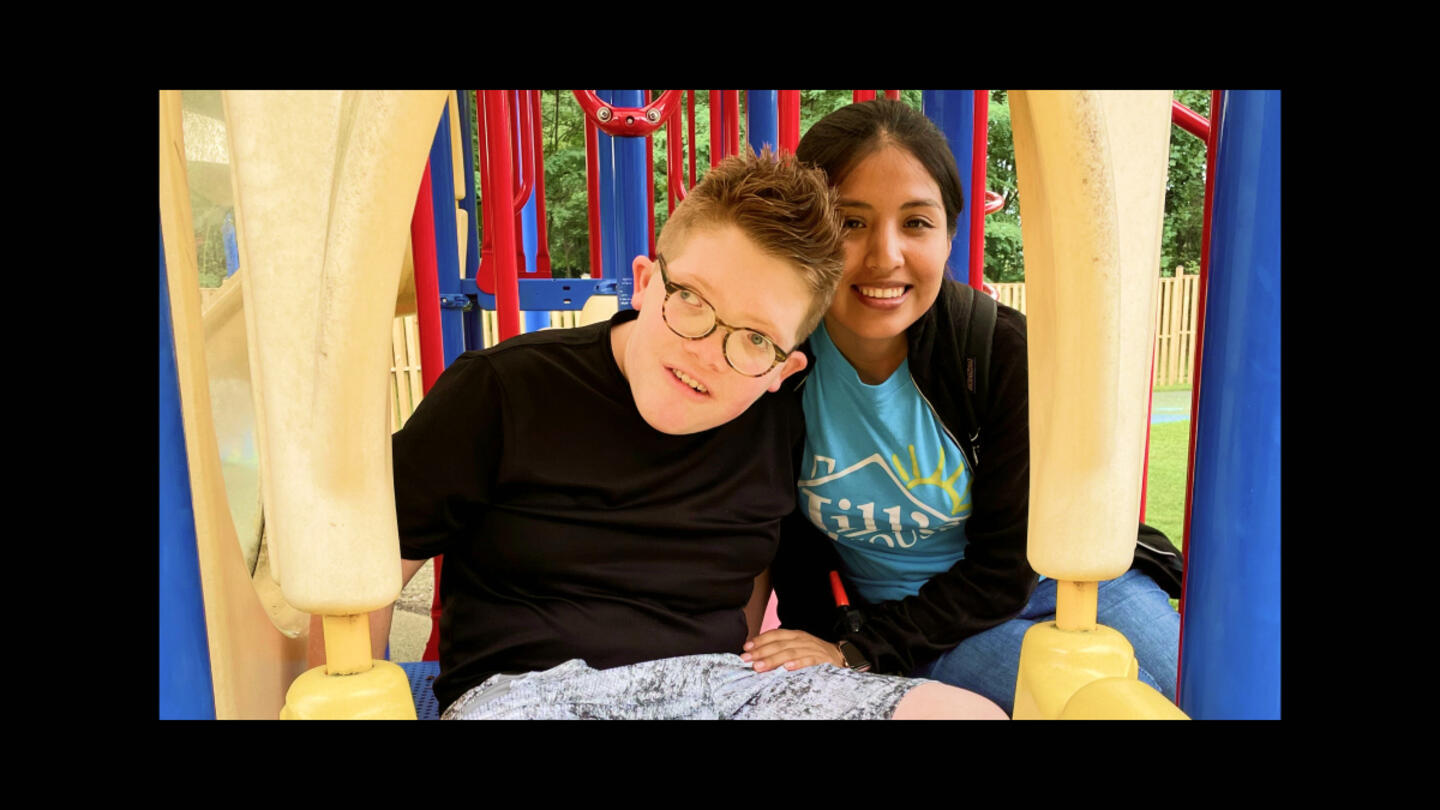
At this ‘resort,’ children with intellectual disabilities are seen as gifts to be celebrated and loved.
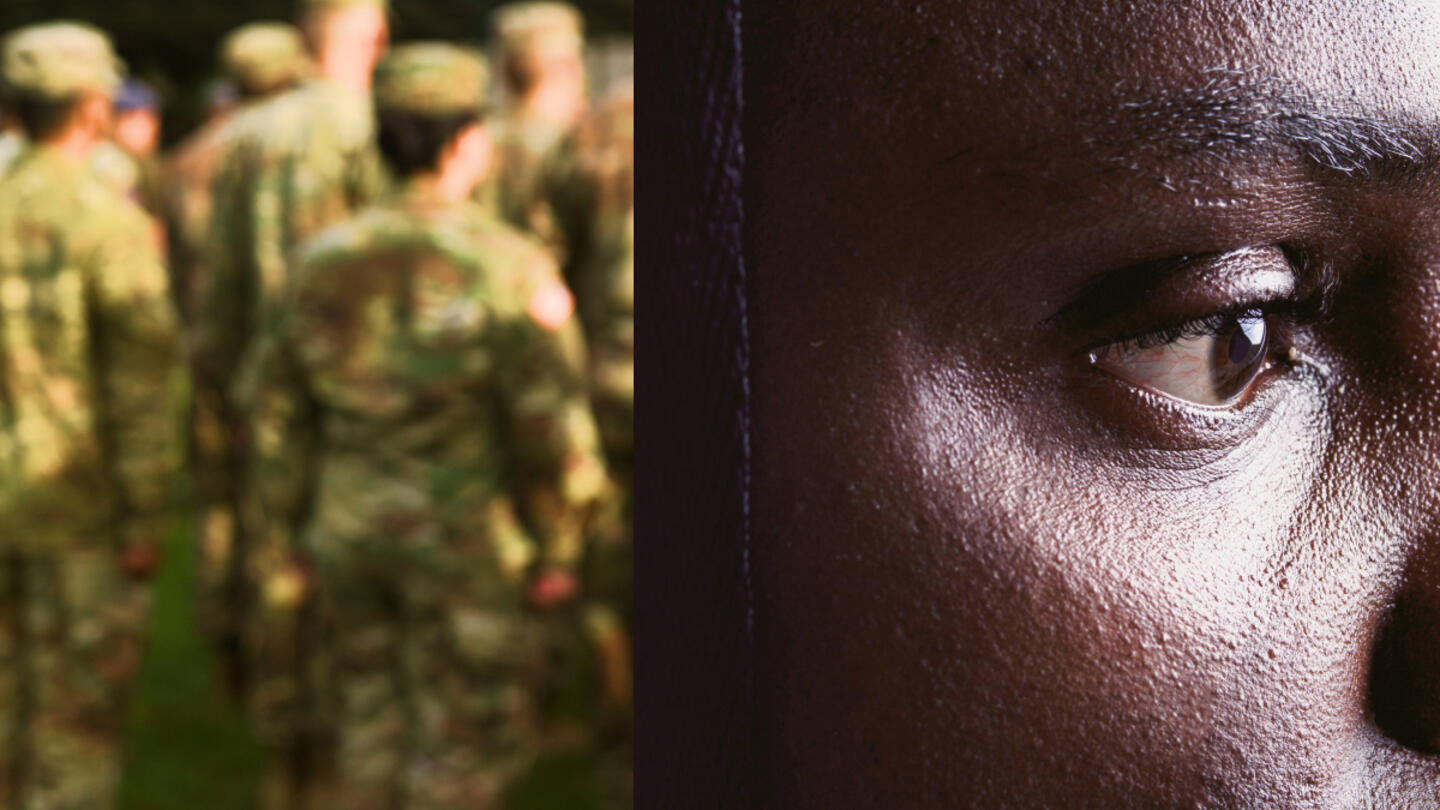
Veterans experience loss when leaving service. Could this be key to understanding their mental health?
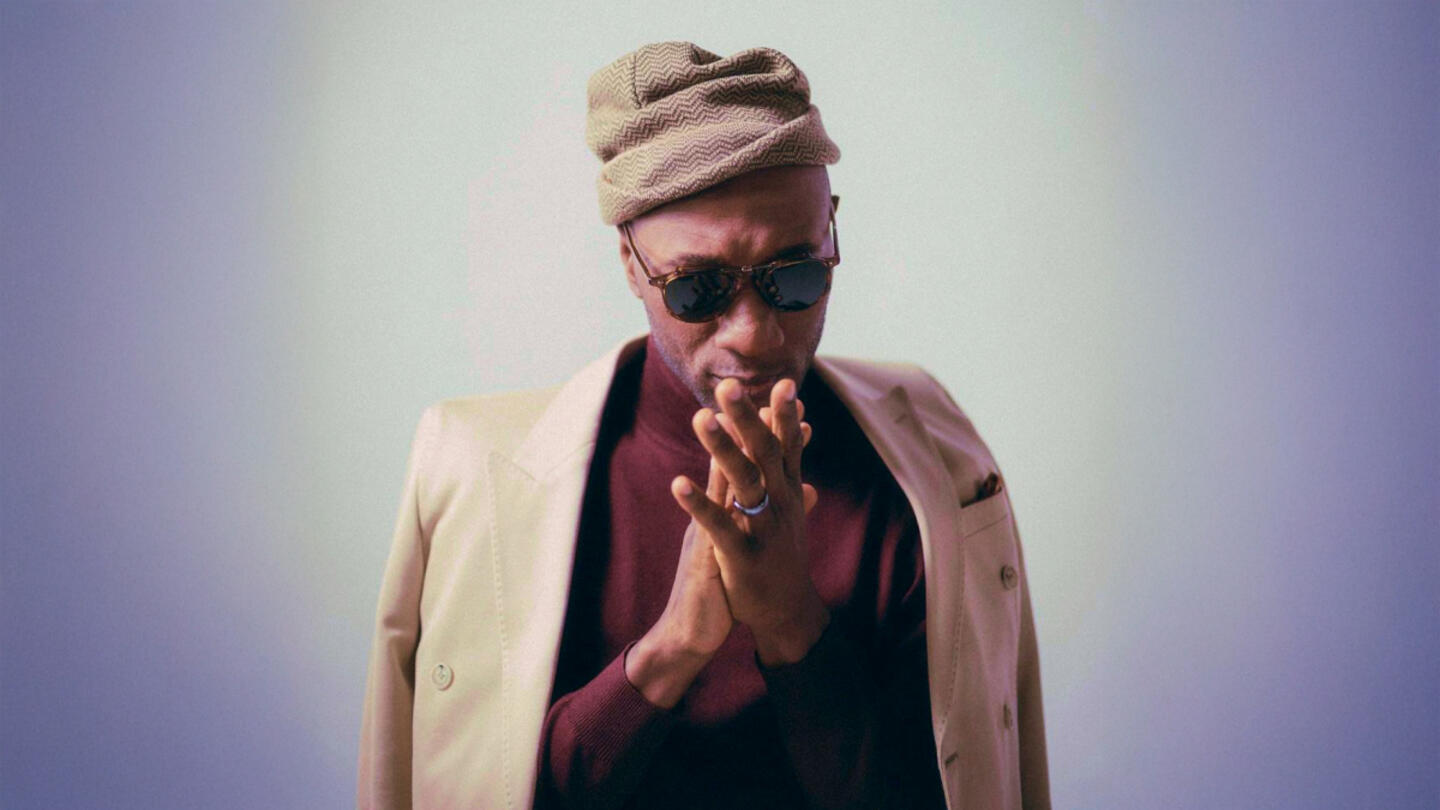
The Grammy-nominated artist is highlighting the stories we don’t get to hear every day.
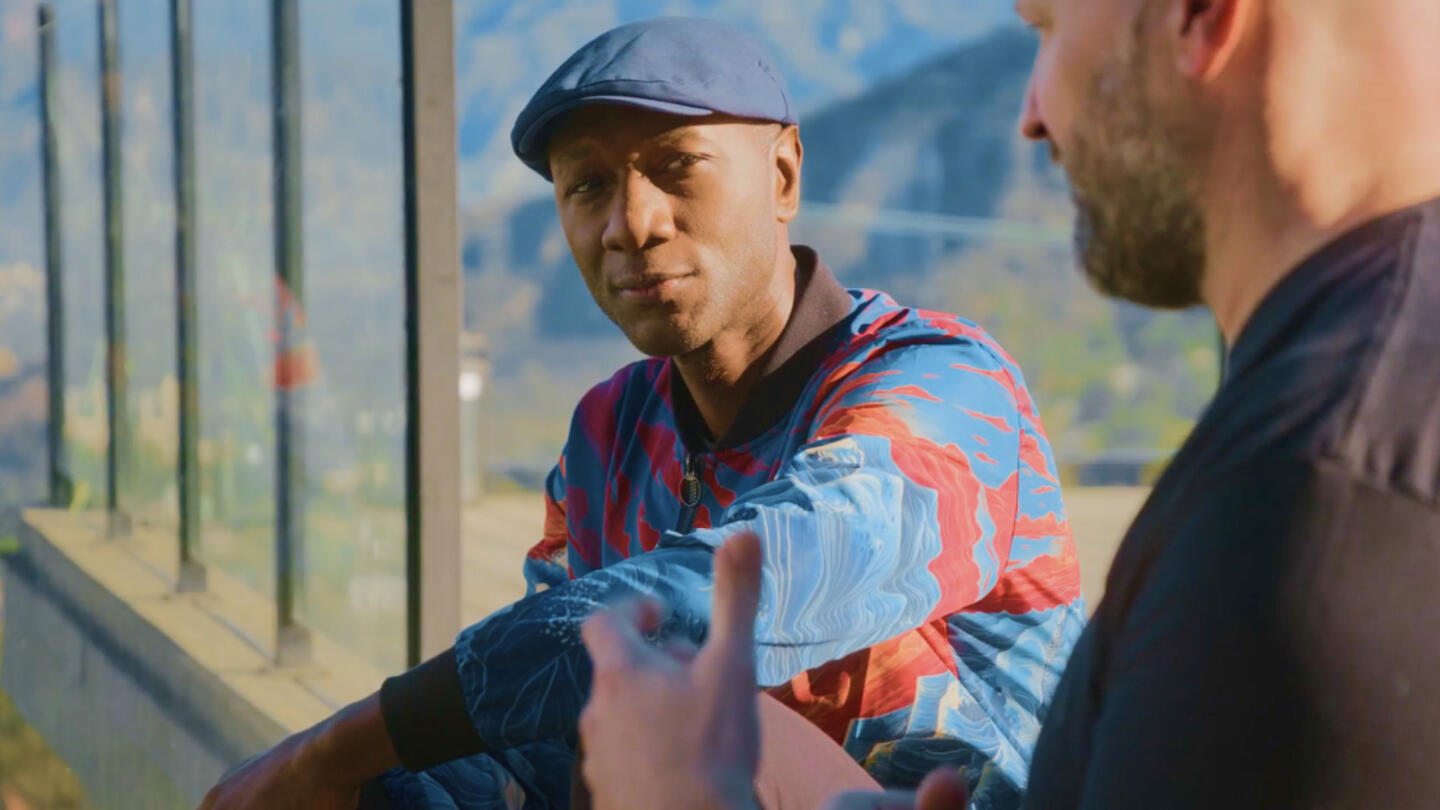
With his latest project, Blacc isn’t just amplifying stories — he’s stepping into them
